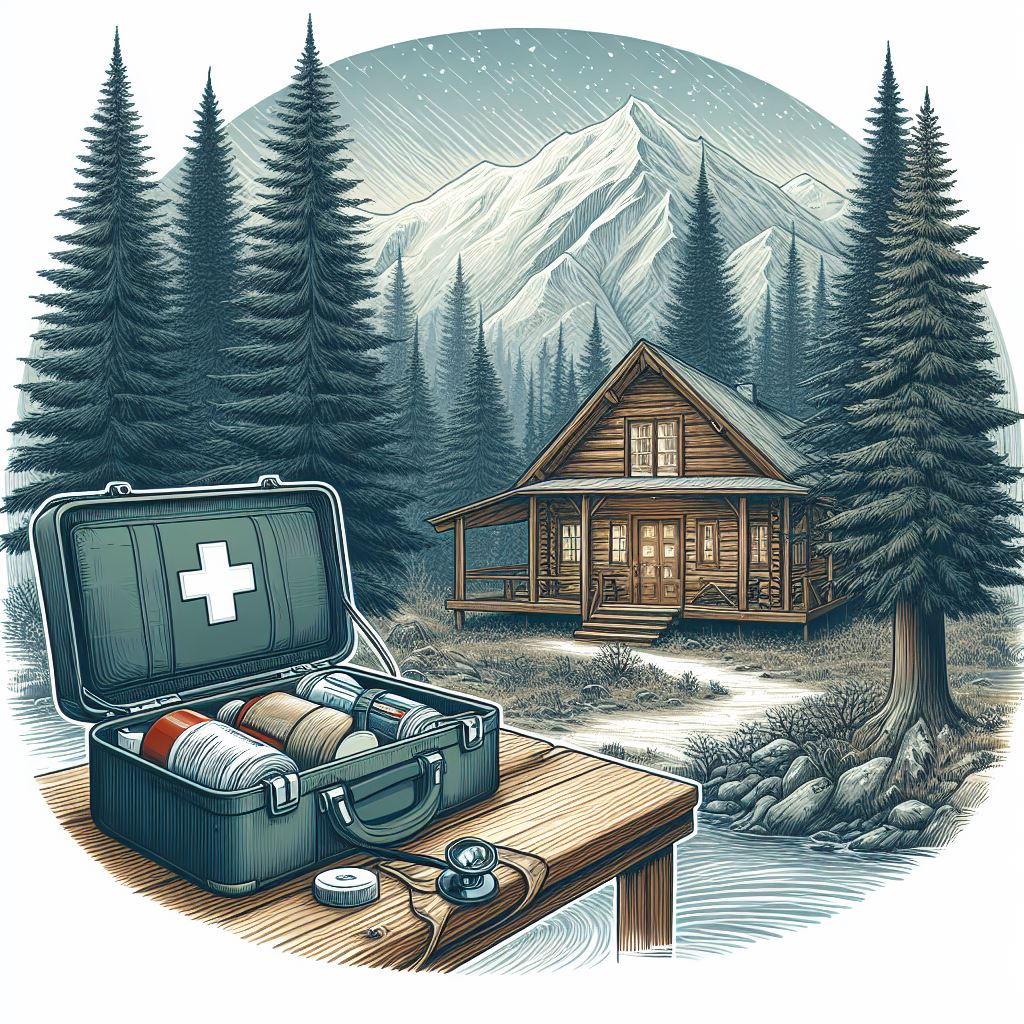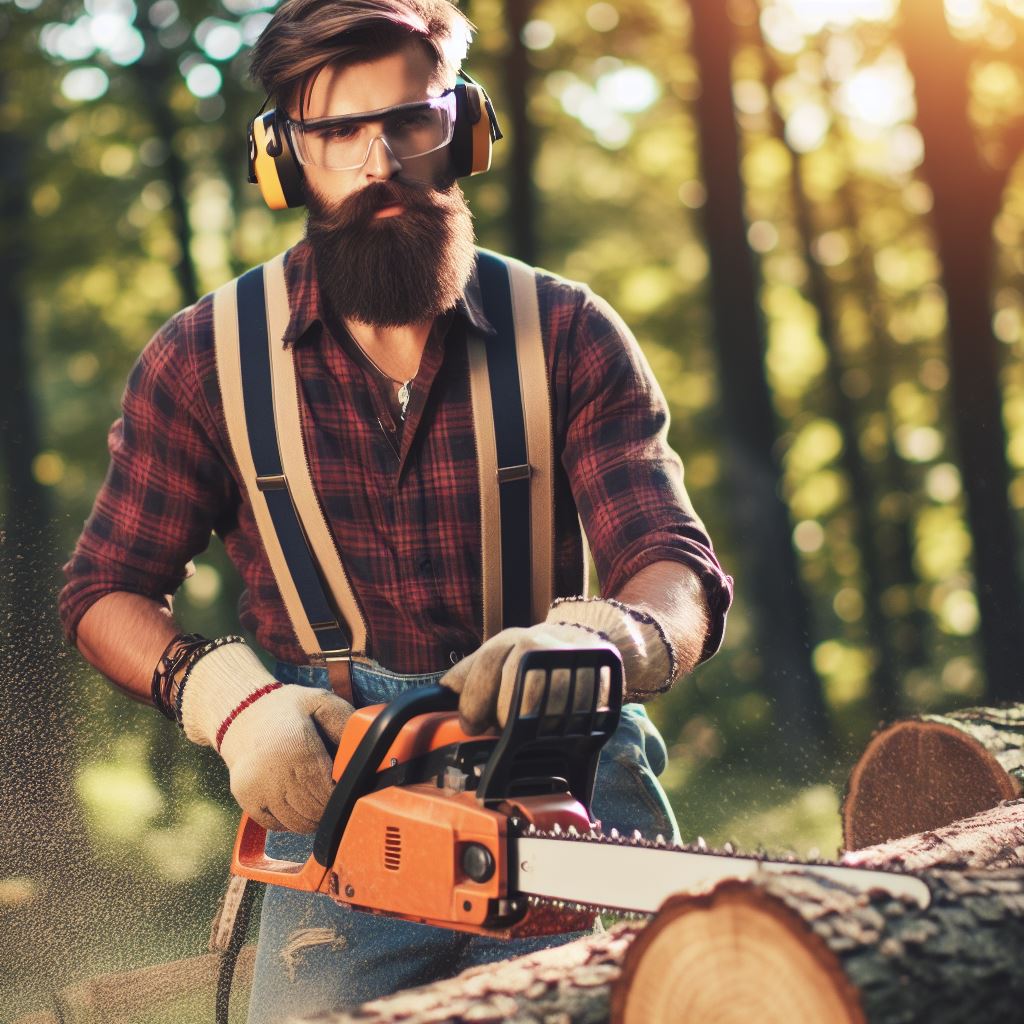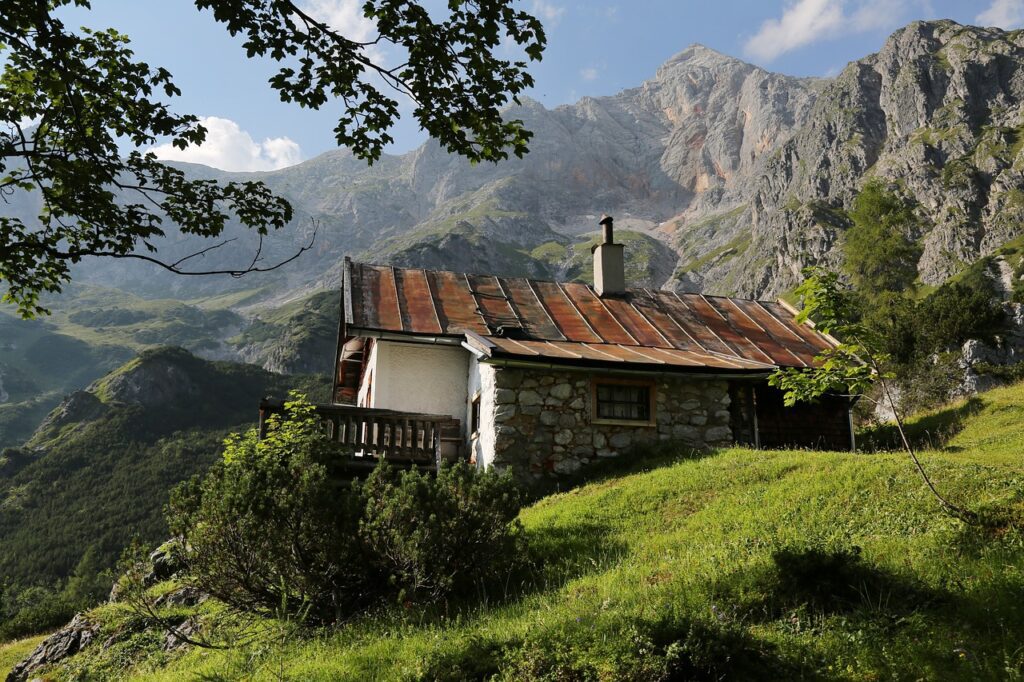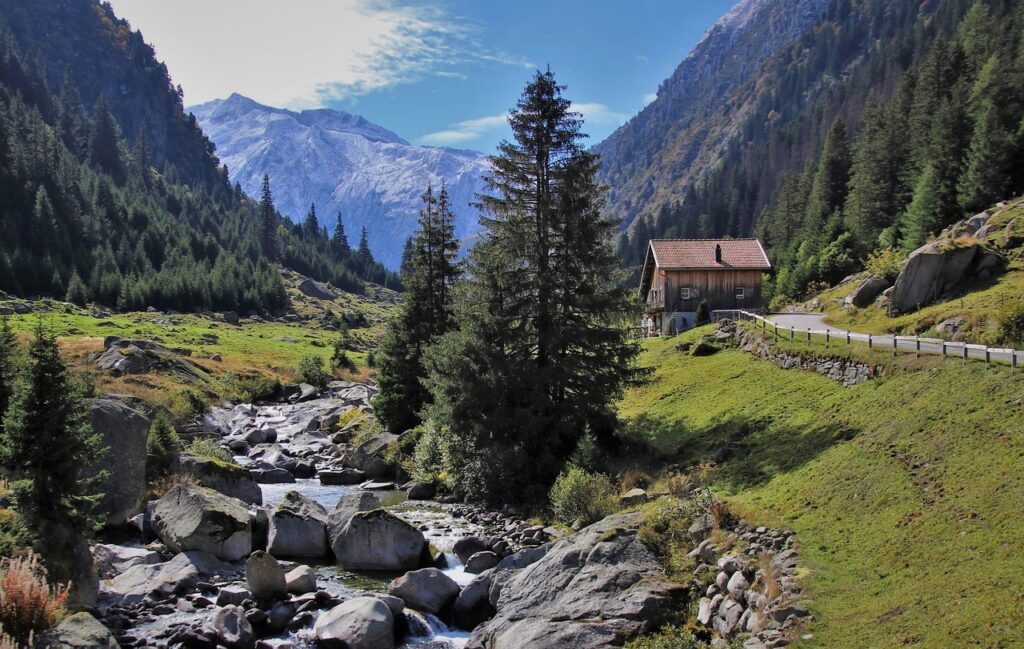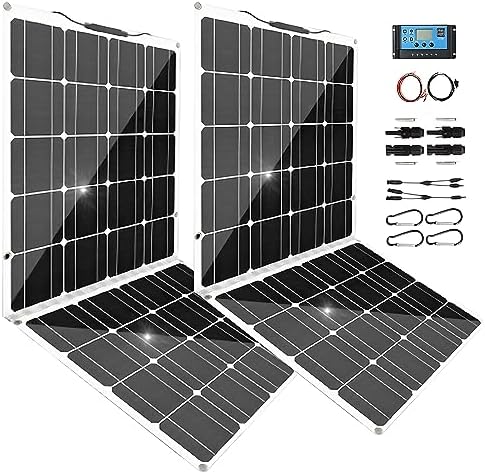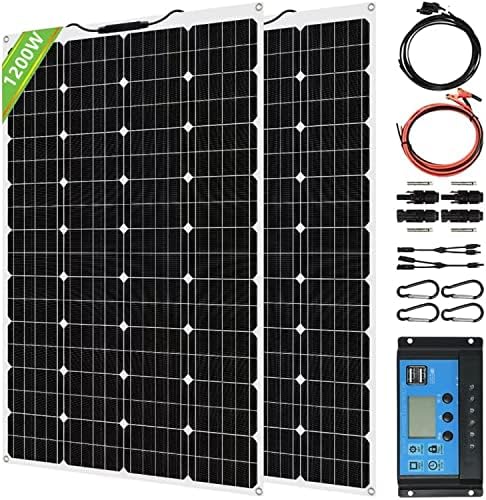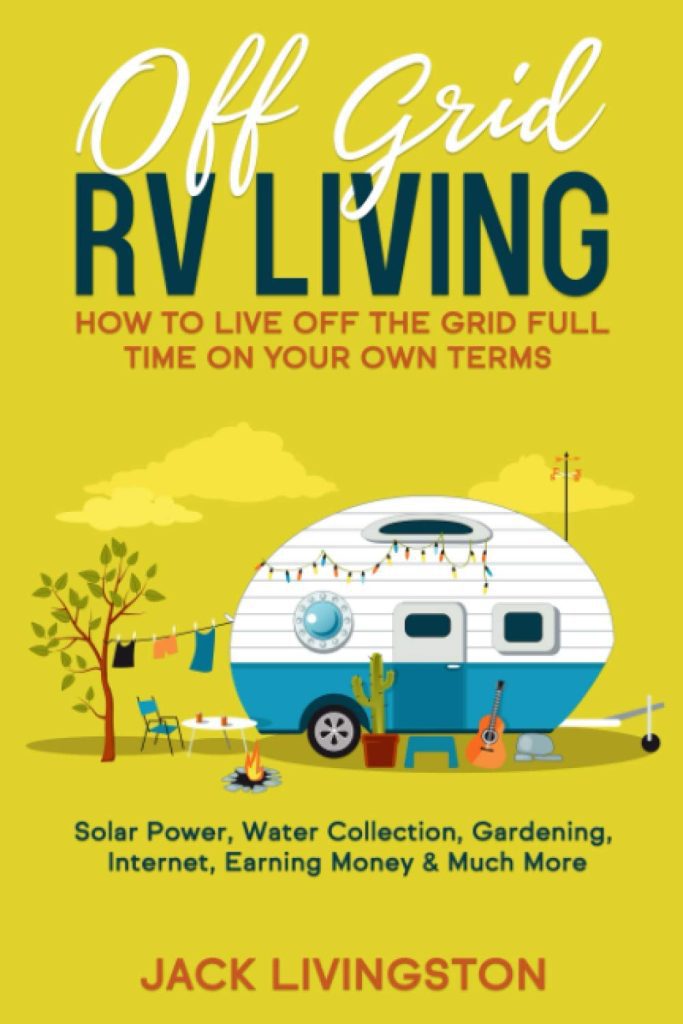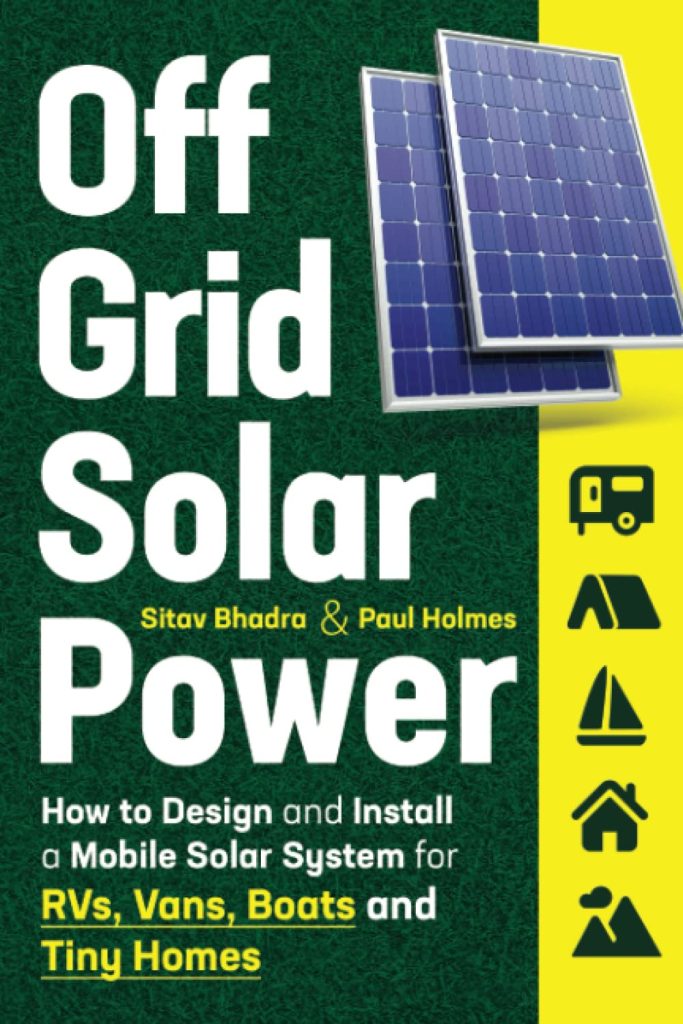Mastering Off-Grid Living: A Comprehensive Guide to First Aid Equipment and Preparedness
Introduction: Living off-grid embodies a profound connection with nature, offering freedom, self-reliance, and adventure. However, this lifestyle also comes with unique challenges, particularly when it comes to medical emergencies. In remote locations far from professional healthcare, being prepared with the right first aid equipment is not just important; it’s essential. In this extensive guide, we’ll delve deep into the world of off-grid first aid, exploring the equipment, knowledge, and strategies necessary for staying safe and healthy in the wilderness. Nothing in this guide is a replacement for professional medical help. There is a point where you should always seek a higher level of care. However, being prepared in an emergency can make a huge difference while waiting for professional help. Section 1: Understanding Off-Grid First Aid Needs 1.1 Assessing Off-Grid Risks: Identifying the specific medical emergencies you may encounter, such as injuries from outdoor activities, encounters with wildlife, or exposure to extreme weather conditions. Be aware of the risks of your environment such as Poison Ivy or insect bites or animal bites. 1.2 The Importance of Preparedness: Emphasizing the critical role of proactive preparation in mitigating risks and ensuring prompt and effective response to medical emergencies in remote areas. Section 2: Building Your Off-Grid First Aid Kit 2.1 Basic Wound Care Supplies: – Sterile Dressings and Bandages: Various sizes of sterile gauze pads, adhesive bandages, and medical tape for wound management. – Antiseptic Solutions: Antiseptic wipes, hydrogen peroxide, or iodine solution for cleaning wounds and preventing infection. – Tweezers and Scissors: Essential tools for removing splinters, debris, and cutting bandages. 2.2 Pain Relief and Medications: – Over-the-counter Pain Relievers: Ibuprofen, acetaminophen, or aspirin for managing pain and reducing fever. – Antihistamines: Allergy medication for treating insect bites, allergic reactions, and hay fever. – Thermometer: Accurately monitor body temperature to detect fever or hypothermia. 2.3 Advanced First Aid Supplies: – Trauma Supplies: Trauma dressings, tourniquets, and hemostatic agents for managing severe bleeding and traumatic injuries. – SAM Splint: Lightweight and versatile support for fractures, sprains, and strains. – QuikClot or Hemostatic Dressings: Effective in controlling severe bleeding and promoting clotting. – Burn Dressings: Specialized dressings or gels for treating thermal and chemical burns. – Suture Kit: For experienced users, a suture kit for closing deep wounds when professional medical care is unavailable. – Oral Rehydration Salts: Vital for treating dehydration caused by diarrhea, vomiting, or heat exhaustion. 2.4 Personal Medications and Specialized Equipment: – Prescription Medications: Ample supply of any prescription medications for chronic conditions, along with a backup plan. – EpiPen (Epinephrine Auto-Injector): For emergency treatment of severe allergic reactions, if applicable. – Communication Devices: Satellite phone, emergency radio, or personal locator beacon (PLB) for contacting emergency services. – Hygiene Supplies: Hand sanitizer, soap, and disposable gloves for maintaining proper hygiene. – Emergency Blankets: Lightweight insulation for protection from hypothermia. Section 3: Advanced Techniques and Preparedness Strategies 3.1 Wilderness First Aid Training: Importance of acquiring wilderness first aid certification and regularly updating skills through training courses. 3.2 Improvised Techniques: Learning how to improvise first aid equipment and techniques using readily available resources in the wilderness. 3.3 Psychological First Aid: Understanding and addressing the psychological aspects of medical emergencies in remote environments. 3.4 Emergency Planning and Protocols: Developing and practicing emergency response plans tailored to your off-grid location and specific risks. 3.5 Community and Support Networks: Establishing connections with other off-grid residents, local communities, and emergency services for mutual support and assistance. Section 4: Maintaining and Updating Your Off-Grid First Aid Kit 4.1 Regular Inventory Checks: Importance of routinely inspecting and restocking your first aid kit to ensure readiness for emergencies. 4.2 Seasonal Adjustments: Adapting your first aid supplies based on seasonal factors, such as temperature fluctuations and increased outdoor activities. 4.3 Expiry Dates and Shelf Life: Monitoring expiry dates of medications and supplies, and replacing them as needed to maintain effectiveness. 4.4 Reviewing and Updating Skills: Continuously improving your first aid knowledge and skills through practice, training, and staying informed about the latest developments. Conclusion: Living off-grid is an exhilarating journey that demands self-sufficiency, resilience, and preparedness. By equipping yourself with the right first aid equipment, acquiring essential skills, and adopting proactive strategies, you can navigate the challenges of medical emergencies with confidence and peace of mind. Remember, in the remote corners of the wilderness, preparation can mean the difference between a minor inconvenience and a life-threatening situation. Stay safe, stay prepared, and embrace the adventure of off-grid living. On top of the items listed above, here may be some other things to consider based on your unique situation and budget: 1. Wilderness First Aid: Emergency Care in Remote Locations 2. Lightning X Products Lightning X Mid-Sized First Responder EMT Bag 3. Skedco Basic Rescue System with Cobra Buckle Upgrade, International Orange 4. Philips HeartStart Home AED Defibrillator Value Package 5. High Visibility Eco-Friendly 15-Minute Safety Flares 6. Orion Safety ALERTER Basic 12 GA 4-Flares 7. Ultra Bright Green Glow Sticks – Individual Packed 8. Alcohol Prep Pads| 200 pack| Medical-Grade, Sterile, Individually-Wrapped 9. Motorola Solutions Red Cross T478 Talkabout White Rechargeable Emergency preparedness 35-Mile 2-Way Radio 10. LEATHERMAN, Raptor Rescue, 6-in-1 Heavy-Duty Emergency/Trauma Shears
Mastering Off-Grid Living: A Comprehensive Guide to First Aid Equipment and Preparedness Read More »

